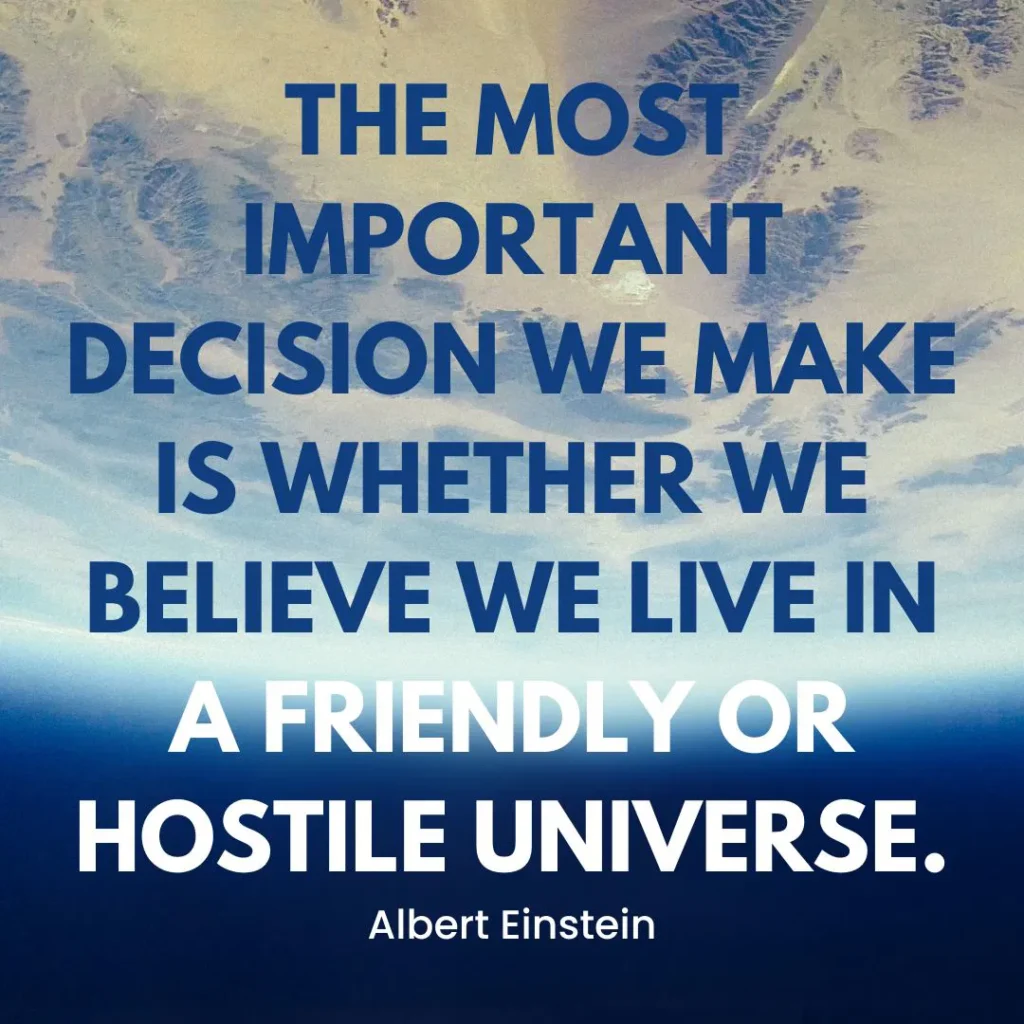Laughing It Off: Practical Ways to Use Humor in Family Conflicts
I. Introduction
Family conflicts are as old as families themselves, and they often provide material for making fun of our shared experiences. From sibling squabbles to generational gaps, from couple quarrels to extended family feuds, disagreements are an inevitable part of family life. But what if I told you that one of the most powerful tools for resolving these conflicts is something you already have in your emotional toolbox? That’s right – it’s humor.
Humor, when used appropriately, has the potential to defuse tense situations, open up channels of communication, and bring family members closer together, especially when funny people are involved. It can turn a heated argument into a moment of shared laughter, transforming adversaries into allies. However, it’s crucial to understand that not all humor is created equal, especially in sensitive family situations. The key lies in using humor that brings people together rather than drives them apart.
In this blog post, we’ll explore practical ways to harness the power of humor in resolving family conflicts. We’ll look at different types of family disagreements, techniques for introducing humor, and important considerations to keep in mind. So, get ready to turn your family conflicts into opportunities for laughter and growth!
II. Understanding the Role of Humor in Family Dynamics
Before we dive into specific techniques, it’s important to understand how humor functions within family dynamics.
Strengthening Family Bonds
Shared laughter is a powerful bonding agent. When family members laugh together, it creates a sense of unity, shared experience, and enhances their good sense of humor. This can be particularly valuable during conflicts, as it reminds everyone of their connection despite their disagreements. I’ve found that even in the midst of an argument, a well-timed joke can remind us that we’re on the same team.
Helpful vs. Hurtful Humor
Not all humor is beneficial in conflict situations. Helpful humor brings people together, diffuses tension, and opens up new perspectives. It’s inclusive and kind-hearted. On the other hand, hurtful humor often comes at someone’s expense, escalates tension, or dismisses genuine concerns.
For instance, gentle teasing that everyone (including the target) enjoys can be a form of affectionate humor that strengthens relationships. But sarcastic remarks that cut deep or jokes that minimize someone’s feelings can worsen conflicts. I always try to ask myself: “Will this joke bring us closer together or push us further apart?”
Cultural and Generational Considerations
It’s crucial to be aware of cultural and generational differences when using humor in family conflicts. What’s funny to one generation might be offensive to another. Cultural backgrounds can also significantly influence what’s considered appropriate or funny.
In my family, I’ve noticed that my parents appreciate more traditional forms of humor, while my kids are into memes and internet jokes. Finding common ground often involves a bit of translation and explanation, but it’s worth it when we all end up laughing together.
Remember, the goal of using humor in family conflicts isn’t to avoid dealing with issues, but to create an atmosphere where open, honest, and productive dialogue can take place. In the next section, we’ll look at specific types of family conflicts and how humor can be applied to each.
III. Common Family Conflicts and Humorous Approaches
Every family has its unique dynamics, but some types of conflicts seem to be universal. Let’s look at some common family disagreements and how we can use humor to address them.
1. Sibling Rivalries
Sibling rivalries can be some of the most intense and long-lasting family conflicts. However, they also present great opportunities for using humor to build stronger relationships.
Example: The “Compliment Battle”
One technique I’ve found effective is the “Compliment Battle.” Instead of letting siblings snipe at each other, challenge them to one-up each other with compliments. It might go something like this:
Me: “Okay, you two. Instead of arguing, let’s have a Compliment Battle. Who can say the nicest thing about the other? Go!”
Son: “Well… she’s pretty good at math.”
Daughter: “He’s really funny when he wants to be.”
Son: “She always remembers everyone’s birthdays.”
Daughter: “He gives the best hugs.”
Often, by the end, they’re laughing and remembering why they actually like each other.
Using Humor to Reframe Competitive Situations
Another approach is to use humor to reframe competitive situations. For instance, if siblings are arguing over who gets the last cookie, you might say something like:
“I have an idea. Let’s have the cookie decide. We’ll put it on the table, and whoever it walks to gets to eat it. Oh wait, cookies can’t walk. Guess we’ll have to split it!”
This kind of silly humor can help break the tension and remind everyone not to take things too seriously.
2. Parent-Teen Disagreements
The generation gap between parents and teenagers can often lead to misunderstandings and conflicts. Humor can be a great way to bridge this gap.
Example: The “Reverse Day”
One humorous technique I’ve used is the “Reverse Day,” where parents and teens switch roles for a short time. Here’s how it might play out:
Me: “Okay, for the next 10 minutes, you’re the parent and I’m the teenager. Go!”
Daughter (trying to be stern): “So, why do you need to stay out so late?”
Me (in an exaggerated ‘teen’ voice): “Ugh, you just don’t understand! Everyone else gets to stay out later. You’re ruining my life!”
Daughter (stifling a laugh): “Don’t take that tone with me, young… uh, old man!”
This role reversal often leads to laughter as both sides realize how they sound to each other. It can open up more genuine communication afterward.
Using Self-Deprecating Humor
Self-deprecating humor can also be effective in parent-teen conflicts. For example, when my son was frustrated with my lack of understanding about his video games, I said:
“You know, when I was your age, I thought I’d always be cool and understand all the new technology. But here I am, basically a caveman trying to understand your games; maybe a good sense of humor can bridge that gap. Ooga booga, how work controller?”
This made him laugh and then offer to teach me how to play, turning a potential conflict into a bonding moment.
3. Extended Family Tensions
Extended family gatherings can sometimes be a hotbed of tensions, with old rivalries and disagreements bubbling to the surface, but finding humor in these situations can be a comedic relief. Humor can be a great tool for easing these tensions, allowing us to explore ways to improve our interactions.
Example: The “Family Sitcom” Game
One technique I’ve used is the “Family Sitcom” game. When tensions start to rise, I might say:
“Hey everyone, if our family was a sitcom, what would be happening right now? What would be the ridiculous misunderstanding that gets cleared up in 22 minutes?”
This can help everyone take a step back and find humor in the situation. It might go something like this:
Me: “Let me guess, Aunt Sarah and Uncle Bob are arguing over who makes the best potato salad, right?”
Cousin: “No, no, it’s obviously about who Mom loves best. Classic sitcom plot!”
Aunt Sarah (laughing): “You’re both wrong. We’re secretly planning a surprise party and trying to throw you all off the scent.”
Using Shared Family Jokes
Another effective approach is to use shared family jokes or funny memories to ease tensions and increase your sense of humor. Bringing up a humorous incident from the past that everyone enjoys can remind the family of their shared history and bonds.
4. Couple Disputes
Even the strongest couples have disagreements. Humor can be a powerful tool for de-escalating tensions and reminding couples of their connection.
Example: The “Silly Voice Argument”
One technique that can work wonders is the “Silly Voice Argument.” When my wife and I find ourselves in a heated discussion, one of us might suggest:
“Okay, let’s continue this discussion, but we both have to use silly voices.”
It might go like this:
Me (in a robot voice): “Input received: Human female unit expresses dissatisfaction with distribution of household tasks.”
Wife (in a posh accent): “Indeed, good sir. One finds the current arrangement most unsatisfactory.”
It’s hard to stay angry when you’re both talking nonsense!
Using Playful Competition
For ongoing issues like household chores, introducing an element of playful competition can help. For instance, you might create a “Chore Champion” leaderboard, with funny titles for different achievements. “Master of the Mop” or “Duchess of Dusting” can turn mundane tasks into a source of laughter and light-hearted rivalry.
Remember, the key to using humor in any family conflict is to ensure it brings people together rather than pushes them apart. In the next section, we’ll explore more general techniques for introducing humor into your writing about family conflicts.
IV. Techniques for Introducing Humor into Family Conflicts
While the specific approaches we’ve discussed can be helpful, it’s also useful to have some general techniques for introducing humor into family conflicts. Here are some strategies I’ve found effective:
The “Pause and Pun” Technique
When tensions are rising, sometimes a well-timed pun can interrupt the negative spiral. I call this the “Pause and Pun” technique. For example, if there’s an argument about someone always being late, you might interject with a good joke:
“Sounds like we need to ‘watch’ our words here. Maybe we can ‘clock’ this discussion for later when everyone’s feeling less ‘ticked’ off?”
Yes, it’s groan-worthy, but that’s part of the point. It interrupts the flow of the argument and can often elicit at least a reluctant smile.
Creating a Family “Humor Emergency Kit”
I’ve found it helpful to create a physical “Humor Emergency Kit” with my family. This is a box filled with funny items, jokes, and reminders of happy family memories. When conflicts arise, someone can declare a “humor emergency” and open the kit. Ours includes:
– Funny family photos are a great way to enhance our memories and make us laugh.
– Silly hats or props can make people laugh and add humor to gatherings.
– A list of our favorite family jokes
– Small toys or games that make us laugh
Having this physical reminder of our shared joy can help diffuse tense situations.
Establishing Family Inside Jokes
Inside jokes can be a powerful tool for creating family cohesion. When conflicts arise, referencing these shared jokes can remind everyone of your connection and make you laugh together. In our family, we have a running joke about the time I tried to make pancakes and ended up with what we now call “pancake soup.” Mentioning this during an argument often breaks the tension.
Using Funny Family Memories
Similar to inside jokes, recalling funny family memories can help put current conflicts in perspective. I might say something like:
“Remember when we got lost on that road trip and ended up at that weird museum of garden gnomes? If we could handle that adventure together, surely we can figure this out too.”
This not only introduces humor but also reminds everyone of your ability to overcome challenges as a family.
V. When and How to Use Self-Deprecating Humor
Self-deprecating humor can be a powerful tool in family conflicts, especially for parents. However, it needs to be used carefully to be effective.
The Power of Parents Modeling the Ability to Laugh at Themselves
When parents can laugh at their own mistakes or quirks, it sets a powerful example for children. It shows that it’s okay to be imperfect and that humor can be a healthy way to deal with frustrations. For instance, I might say:
“You know, I’m giving advice here, but let’s remember I’m the guy who once put salt in his coffee instead of sugar. Twice. In the same day.”
How Self-Deprecating Humor Can De-escalate Parent-Child Conflicts
In conflicts with children or teens, a bit of self-deprecating humor from the parent can help level the playing field and make the child feel heard. For example:
“I know I sound like a broken record here. I should get that fixed. Maybe there’s a parent repair shop somewhere?”
This kind of comment acknowledges the child’s frustration while maintaining the discussion.
Balancing Self-Deprecating Humor with Parental Authority
It’s important to use self-deprecating humor judiciously, as it can increase your sense of humor in tense situations. While it can help de-escalate conflicts, overuse might undermine parental authority. The key is to use it to show humanity and fallibility, not incompetence. For instance, using a specific style of humor can lighten the mood during disagreements.
“I may not always get it right, but I’m always trying my best because I care about you.”
This shows vulnerability while still asserting the parent’s positive intentions and role.
VI. Family-Friendly Humor Resources
Sometimes, we all need a little help in the humor department. Here are some family-friendly resources that can help inject more laughter into your family life:
Age-Appropriate Joke Books
Keeping a few joke books around the house can be a great way to have humor on hand. Some of our family favorites include:
– “Laugh-Out-Loud Jokes for Kids” by Rob Elliott
– “The Everything Kids’ Joke Book” by Michael Dahl
– “101 Funny Things About Global Warming” by Sidney Harris (for older kids and adults)
Family-Friendly Comedy Shows and Movies
Watching comedy together can be a great family bonding activity. Some shows and movies that model positive humor include:
– “Modern Family” (TV series)
– “The Good Place” (TV series)
– “Inside Out” (Movie)
– “Akeelah and the Bee” (Movie)
Apps and Games That Encourage Playful Family Interactions
There are many apps and games designed to get families laughing together. Some we’ve enjoyed include:
– “Heads Up!” (mobile app)
– “Joke Tennis” (mobile app)
– “Apples to Apples” (board game)
– “Funny Faces” (card game)
Remember, the goal of all these techniques and resources is to create an atmosphere of joy and connection in your family, even during conflicts. In the next section, we’ll discuss important boundaries to keep in mind when using humor in family conflicts.
VII. Setting Boundaries: When Humor Isn’t the Answer
While humor can be a powerful tool in resolving family conflicts, it’s crucial to recognize that it isn’t always appropriate. Here are some important considerations:
Recognizing When Conflicts are Too Serious for a Humorous Approach
There are times when conflicts require a more serious approach. These might include:
– Discussions about safety or health concerns
– Addressing serious behavioral issues can often be eased with a good sense of humor and practical tips.
– Conversations about major life decisions
In these cases, I’ve found it’s best to address the issue directly and save the humor for after the main discussion has taken place.
Teaching Children About Appropriate and Inappropriate Uses of Humor
It’s important to guide children in understanding when humor is helpful and when it might be hurtful. I often use the “laugh with, not at” rule to help my kids understand the difference. We discuss how humor should bring people together, not push them apart or make someone feel bad.
How to Apologize if a Humorous Attempt Misfires
Despite our best intentions, sometimes our attempts at humor don’t land well. When this happens, it’s crucial to apologize sincerely. I might say something like:
“I’m sorry. I was trying to lighten the mood, but I can see that my joke wasn’t helpful. Can we start over and perhaps find humor in our previous misunderstandings? I want to understand your perspective better.”
VIII. Building a Humor-Positive Family Culture
Creating a family environment where positive humor is valued can help prevent conflicts and make them easier to resolve when they do occur. Here are some strategies I’ve used:
Regular Family Activities That Incorporate Humor
We’ve instituted some regular family activities that encourage laughter:
– Weekly “Joke Night” during dinner, where everyone brings a joke to share
– “Funny Movie Friday” where we watch a comedy together
– “Silly Story Time” where we take turns adding to an ongoing ridiculous tale
Creating a Family Comedy Scrapbook or Video Compilation
We keep a scrapbook of funny family moments, including photos, ticket stubs from comedy shows we’ve attended, and written accounts of hilarious family incidents. Looking through this during tense times can help remind us of our shared joy.
Celebrating Family Members’ Efforts to Use Humor Positively in Conflicts
When someone in the family successfully uses humor to defuse a tense situation, we make sure to acknowledge and celebrate it. This positive reinforcement encourages everyone to try using humor constructively.
IX. Case Studies: Real Family Humor Success Stories
Let me share a couple of real-life examples from our family’s experience that add humor to our stories:
The Great Chore Chart Debate
We were having ongoing conflicts about household chores. Frustrations were high, and accusations of unfairness were flying. Finally, I suggested we create the most ridiculously complicated chore chart possible, with silly categories like “Chief Dust Bunny Wrangler” and “Supreme Sock Matcher.” The process of creating this chart together had us all laughing, and it actually led to a more balanced and agreeable division of tasks.
The Birthday Cake Fiasco
On my daughter’s 10th birthday, I accidentally dropped her cake right before the party. Tensions were high, and tears were imminent. But then I started dramatically narrating the cake’s “tragic tale” in the style of a nature documentary. Soon, we were all laughing, and my daughter decided that a “splat cake” was way cooler than a regular one anyway.
X. Conclusion
As we’ve explored throughout this post, humor can be a powerful tool for resolving family conflicts. It has the potential to:
– Diffuse tension
– Open up channels of communication
– Strengthen family bonds
– Provide perspective on disagreements
However, it’s important to remember that incorporating humor into your family’s conflict resolution toolkit takes time and practice. Start small, perhaps with the “Pause and Pun” technique or by creating your own “Humor Emergency Kit.” Be patient with yourself and your family members as you learn to use humor effectively.
Remember, the goal isn’t to avoid conflicts altogether – they’re a natural part of family life. Instead, the aim is to create a more joyful, resilient family that can navigate disagreements with grace, understanding, and a healthy dose of laughter.
By fostering a humor-positive family culture, you’re not just making conflicts easier to handle – you’re creating a home environment filled with more joy, connection, and shared laughter. And in the end, isn’t that what family is all about?
So the next time a family squabble arises, take a deep breath, summon your inner comedian, and remember: a family that laughs together, stays together. Happy humoring!



